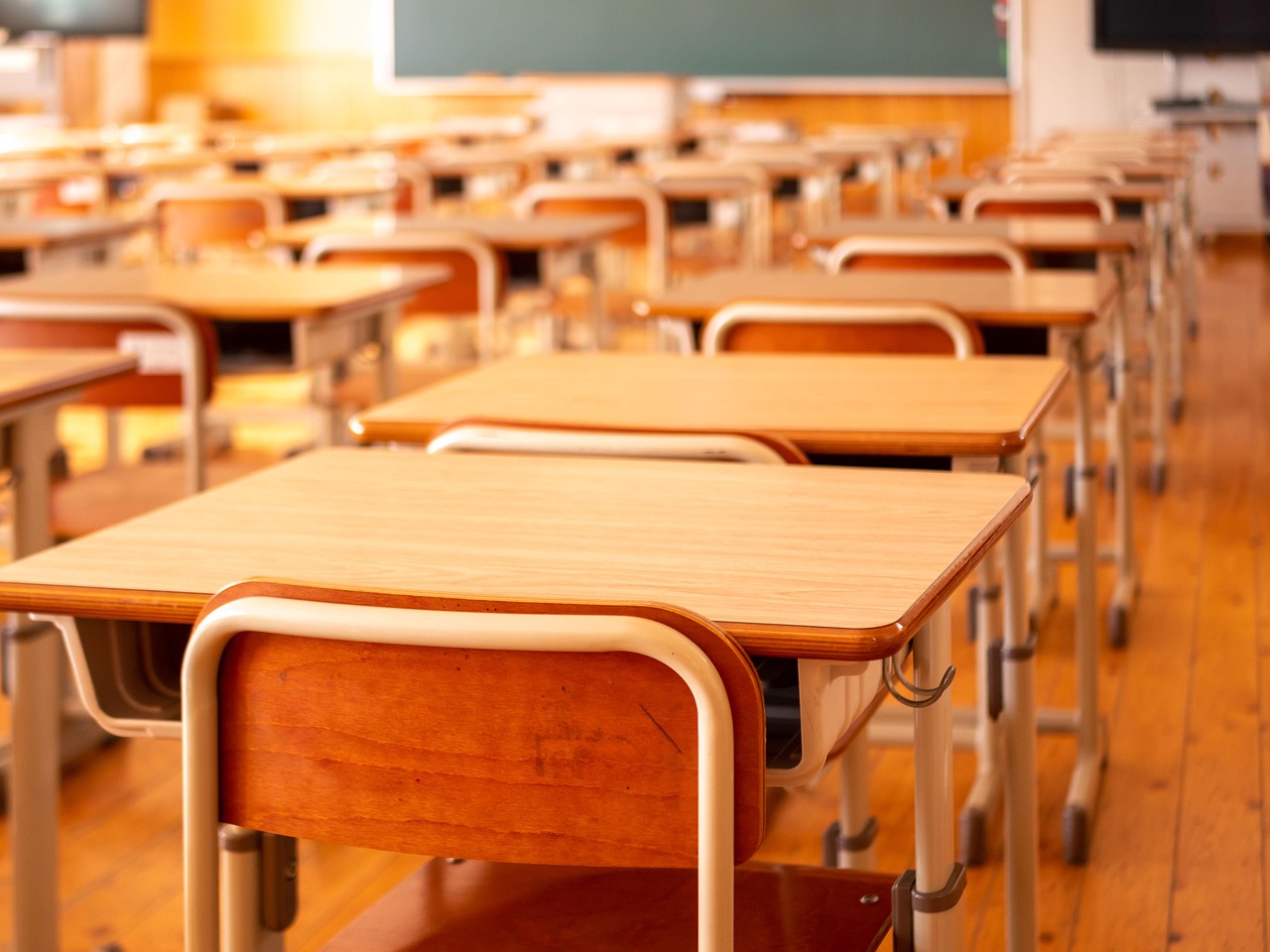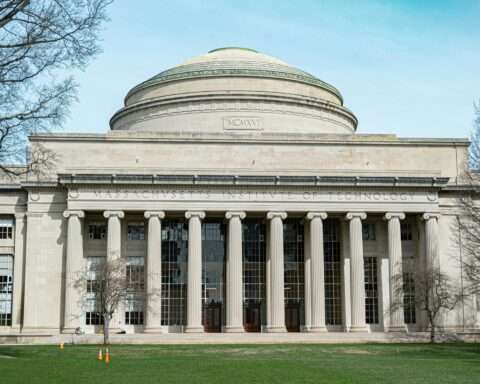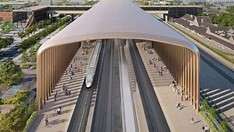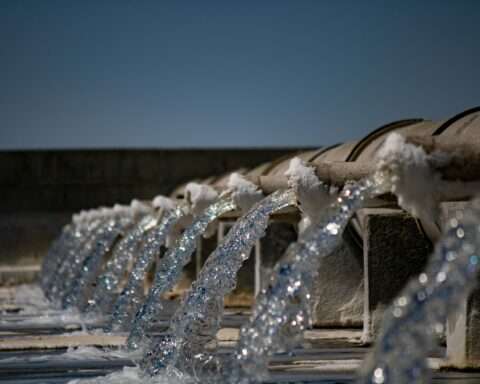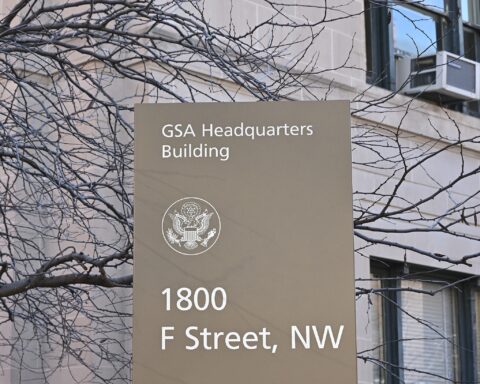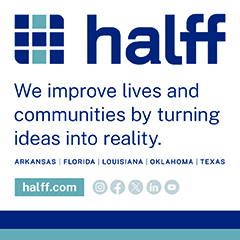Michigan school facilities require more than $22 billion and more than 2,500 replacements and repairs, a statewide infrastructure and facility study finds.
The Statewide School Facility Study, released by the School Finance Research Collaborative, examines all school facilities throughout Michigan to create a cost-effective method that brings K-12 public school buildings up to standard.
Funded by Section 11y of the State School Aid Act of 1979, Oakland Schools conducted the study, considering the total cost of projects based on new constructions or repairs at existing facilities.
For all of the state’s school facility repairs and replacements, the study estimates that school districts will require $22.1 billion over the next nine years to adhere to current student population trends. Critical need repairs account for approximately $5.3 billion of this funding and will encompass the needs for schools for up to three years.
In the mid- and long term, the study indicates that public schools would need about $6.9 billion in years four through six and $10.5 billion to address the long-range needs of facilities and infrastructure.
Among the plethora of projected repairs and replacements, HVAC ranks the most expensive of all other capital improvement projects. Illustrating the repairs and replacements, the study estimates the total cost for project categories at schools. These include:
- $7.5 billion (33.1%) for HVAC – Funding would support boilers, chillers, rooftop units, air handlers, unit ventilators, exhaust fans, piping and temperature controls.
- $3.4 billion (15.2%) for Roofing – Category includes built-up systems, rubber, shingle, metal and skylights.
- $2.8 billion (12.5%) for Electrical – Funding would cover panels, exterior building lighting, emergency lighting, exit lighting, fire alarms, mass notification, security cameras, intrusion detection, access control, network connection and emergency generators.
- $2.3 billion (10.2%) for Exterior Closure – Category supports exterior walls, windows, exterior doors, overhead doors, secure entry points and Knox boxes.
- $1.5 billion (6.8%) for Interior Construction – Funding would support interior walls and doors, hardware and interior signage.
- $1.5 billion (6.5%) for Other – Category includes foundations, tunnels, staircases, elevators, window treatments, basketball backboards, gym bleachers, auditoriums, kitchens and pools.
- $1.1 billion (5%) for Fire Protection – Funding would cover interior sprinkler systems and fire extinguishers.
- $1 billion (4.4%) for Plumbing – Category features toilets, sinks, faucets, drinking fountains, water heaters, interior water lines, interior sanitary lines and interior roof drains.
- $900 million (3.9%) for Site Improvements – Funding would support ADA access, ADA parking, fencing, directional signage, playground surfaces, water supply, sanitary sewer and light poles.
- $500 million (2.3%) for Superstructure – Category covers floor construction framing, roof construction framing and canopies.
While the cost estimates made in this study are fluid, the study’s final report notes that lawmakers should consider other factors before adopting any strategies related to the study, such as current utilization, enrollment projections and operational expenses.
Michigan lawmakers are currently in the process of adjusting and refining the state’s budget for fiscal year 2025-26. Funding for many of the state’s priorities, including some school projects in the study, will be addressed in this budget-making process.
While primarily focusing on transportation and infrastructure, Gov. Gretchen Whitmer’s MI Road Ahead plan seeks to invest $3 billion in Michigan’s roads and improve safety throughout the state’s transportation network.
Image by Kohji Asakawa from Pixabay



